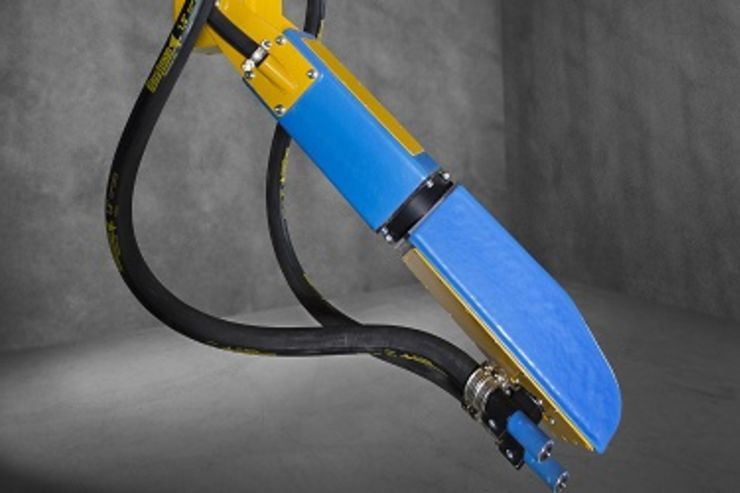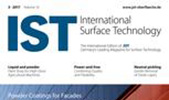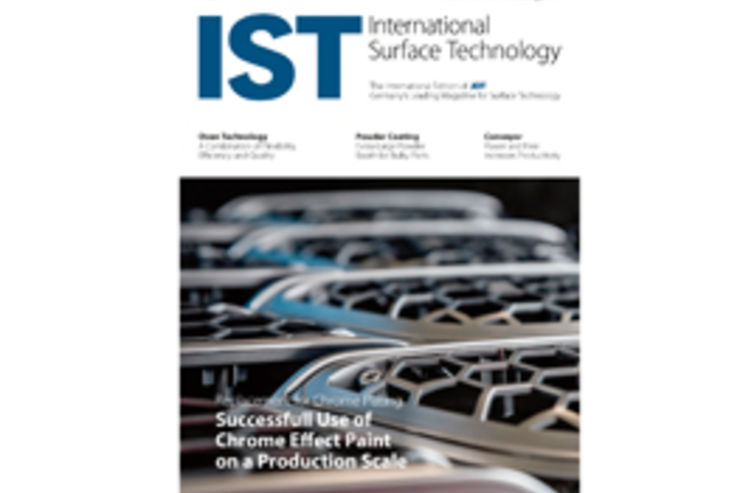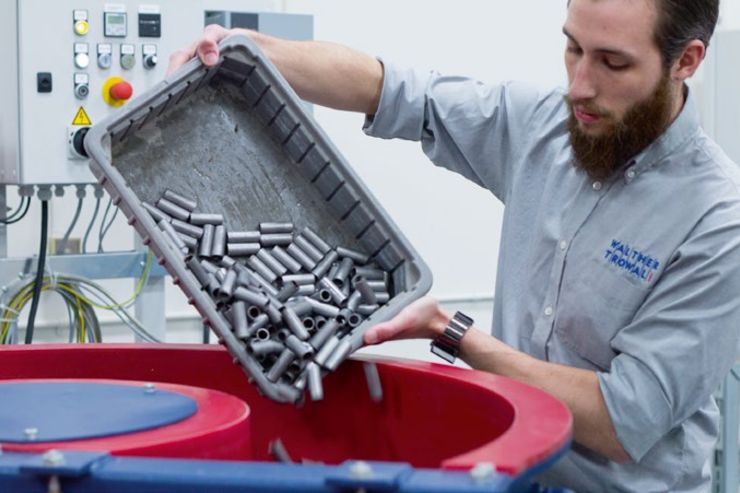Focus on Blasting Technology

Blasting can be used in many different ways for components made of metallic materials. Workpieces made of plastic, sandstone, concrete and wood can all be blasted. The type of blasting process and blasting agent can be adapted to the particular application.
In addition to their functionality, the aesthetic appearance of components is now playing an increasingly important role. For that reason, surface treatment is usually indispensable. Due to its varied application possibilities, blasting technology can offer advantages in countless situations. For example, blasting can be used for such jobs as deburring workpieces after machining. Another typical application is roughening surfaces in preparation for subsequent painting or adhesive bonding. Cleaning, descaling and the removal of rust, coatings, sand and cores are also jobs that can be carried out efficiently by using blasting. Furthermore, blasting can also be used to produce special surface effects such as matte or antique finishes. Shot peening metal surfaces increases their residual compressive stress, thus making it possible to improve the strength and service life of components that are subject to high dynamic stresses.
Different blasting agents are used to suit the application in question. These include, for example, steel, stainless steel, aluminium, glass beads, ceramics, granite, plastic granulate and corundum. In individual cases, natural materials such as nutshell or corn cob granulates are also used as blasting agents. Different blasting results are achieved depending on the size and shape of the grain employed – spherical or sharp-edged – and on the different physical properties of the blasting abrasive. The result is also influenced by the quantity of the blasting agent and the speed at which it is applied to the surface.
There are also differences in the technology used to accelerate the blasting abrasive. Injection blasting and pressure blasting with a solid blasting agent are performed using compressed air. In injection blasting, also known as sand blasting or abrasive blasting, compressed air is generated by an external compressor and is fed to the blasting nozzle separately from the blasting agent. At the nozzle, the flow of compressed air generates a vacuum in the blasting agent hose. As a result, the blasting agent is drawn in and mixed with the compressed air, and both are then transported to the workpiece together.
In pressure blasting systems, a pressure tank known as a “blast pot” is filled with abrasive blasting agent and is pressurised using compressed air. A dosing valve at the blast pot allows the mixture of blasting agent and air to be adjusted and applied with high energy to the workpiece surface. This process provides a high level of blasting performance and good dosing accuracy. For that reason, it is used among other things for shot peening.
Turbine-wheel shot blasting systems ensure efficient and automated blasting of workpieces of different sizes. The abrasive is accelerated not only by compressed air but also by centrifugal force. The blasting agent is transported to the workpiece by several throwing blades that are attached to high-speed blasting wheels or turbines. Depending on the rotational speed, drive power, diameter and size of the blasting wheel, very large quantities of abrasive media can be discharged.
Wet blasting is a water-based process that can be carried out either manually or automatically. Depending on the material and the job in question, wet blasting can be performed either with or without blasting media. A blasting agent can also be applied to produce special surface finishes. This type of blasting is particularly suitable for processing sensitive and precision-manufactured parts. To ensure a constantly high process quality, the blast nozzles are often controlled by industrial robots or CNC systems.



